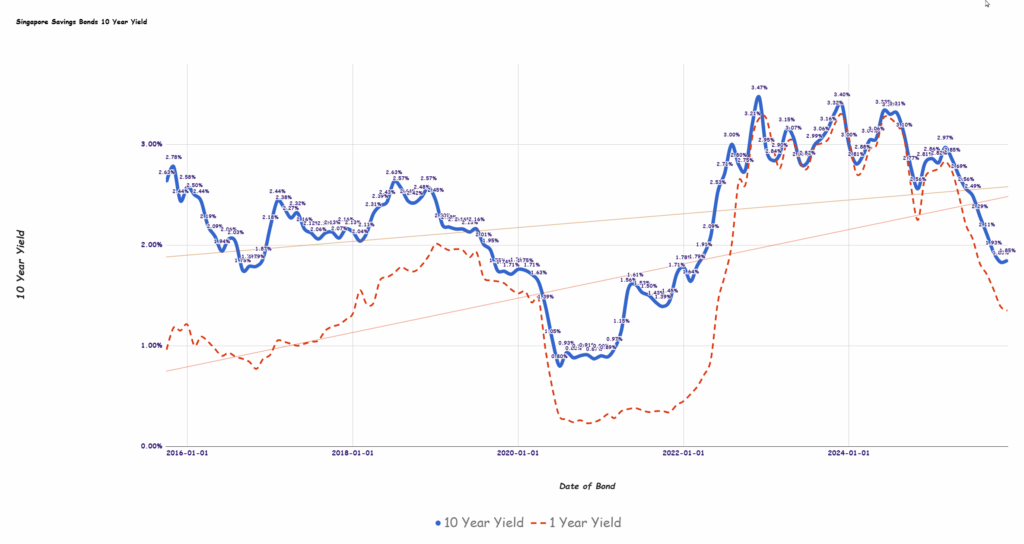SEC’s Bold Crypto Pivot: Is This the Deregulation Shakeup Wall Street Didn’t See Coming?
Here we are—standing at the edge of the Reflecting Pool, watching the Securities and Exchange Commission (SEC) mirror a “new day,” as Chair Paul S. Atkins himself says. But this isn’t just about pretty views; it’s about a seismic shift in priorities that might just reshape how innovation, capital formation, and investor protection dance together in the years to come. The SEC’s updated regulatory agenda, freshly unveiled and already causing analysts to nod in agreement, is throwing out the old playbook, wiping the slate clean, and betting big on crypto regulations, deregulation efforts, and making it easier for businesses to raise capital. But here’s the kicker—while the agenda bristles with ambition, there’s a lean SEC staff behind it all, which raises the eyebrow-worthy question: can they really pull it off? Fasten your seatbelt; we’re diving into four critical takeaways that spell out what this “new day” might actually mean for investors, companies, and the markets at large. LEARN MORE

Reflecting what Securities and Exchange Commission Chair Paul S. Atkins called “a new day” at the agency, the SEC has released its priorities for the coming year.
After withdrawing several proposed rulemakings from the previous presidential administration, top items on the updated regulatory agenda, published September 4 include proposed rules that would affect crypto assets and deregulation efforts, as well as rules that emphasize capital formation. In a statement announcing the updated agenda, Atkins said the revised list signifies a shift in the agency’s priorities to “a renewed focus on supporting innovation, capital formation, market efficiency, and investor protection.” Anticipated proposed rules include:
Several analysts generally agreed that the updated agenda, which is the first revised regulatory agenda the SEC has released under the new Trump administration, represents a significant change in direction for the agency’s rulemaking. In a client alert, law firm Sullivan and Cromwell said the SEC is “essentially working from a clean slate.” In a piece published by The Corporate Counsel, John Jenkins described the agenda as “issuer-friendly.” Law firm Gibson Dunn wrote in an alert that the updated agenda “highlights a sea-change shift” and “significant realignment in focus” for the SEC.
What’s so different about the updated agenda? Here are four key takeaways.
Crypto and disclosure reform top the list, but details are fuzzy.
Cryptocurrency regulations feature prominently in the agenda, which include proposals on crypto assets, amendments to custody rules, and crypto market structure amendments. The broad scope of the language leaves room for the SEC to fold multiple initiatives under one heading.
Disclosure reform also comes high on the agenda list. That broad category could include everything from executive compensation to cybersecurity disclosure. The vagueness may be the point if the SEC desires flexibility in how it approaches these areas.
SEC leadership gives top billing to capital formation.
The SEC traditionally frames its mission in three parts: protect investors, maintain fair and orderly markets, and facilitate capital formation. Acting chair Mark Uyeda hinted earlier this year at a reshuffling of the agency’s priorities, and the new agenda essentially confirms that reordering. It features proposals like Enhancement of EGC Accommodations & Simplification of Filer Status, Shelf Registration Modernization, and Updating the Exempt Offering Pathways. All aim to make it easier for companies to raise capital with less friction.
Shareholder proposals remain a focus.
The shareholder proposal process has long been a point of tension between issuers and investors. Earlier this year, the SEC revised its guidance in the middle of proxy season to make it easier for companies to exclude certain proposals. That unusual move hinted at more change to come.
Sure enough, the new agenda includes Shareholder Proposal Modernization. With a measure expected by the spring, companies will likely gain more leeway to keep shareholder proposals off ballots. Meanwhile, investors hoping to prompt companies to act on environmental, social, and governance matters, or other policy issues may see their options narrow.
Ambition meets capacity at a leaner SEC.
Commentators have flagged this year’s agenda as one of the SEC’s most ambitious in years. At the same time, the agency is reportedly preparing for another round of staff cuts, which will include incentivizing some supervisors to voluntarily leave the agency or accept demotions.
Does the SEC have the capacity to move so many complex rulemakings through the proposal, comment, and finalization stages? Keep in mind that the regulatory flexibility agenda is a snapshot rather than a contract. There’s always next year – and the year after that.


















Post Comment